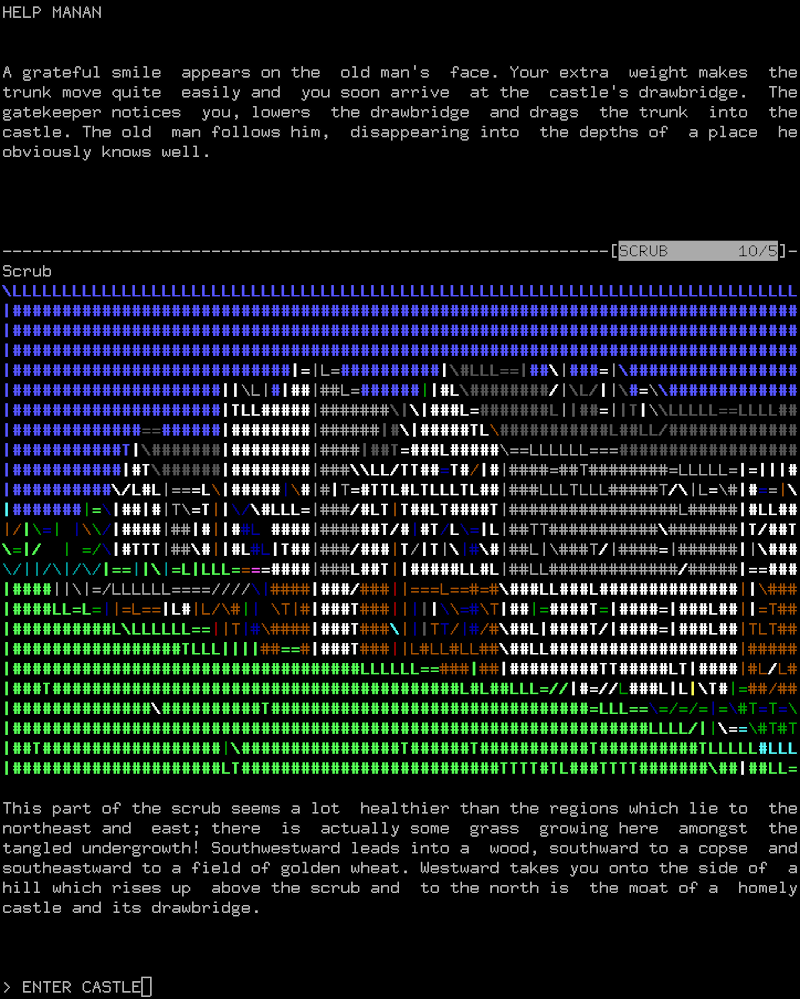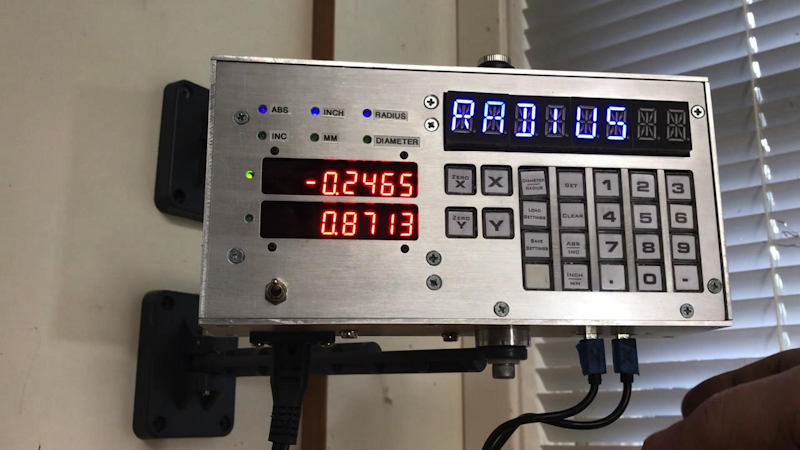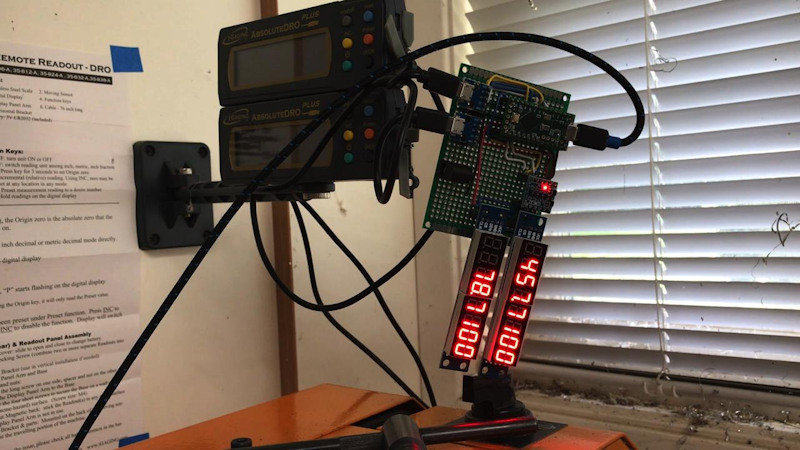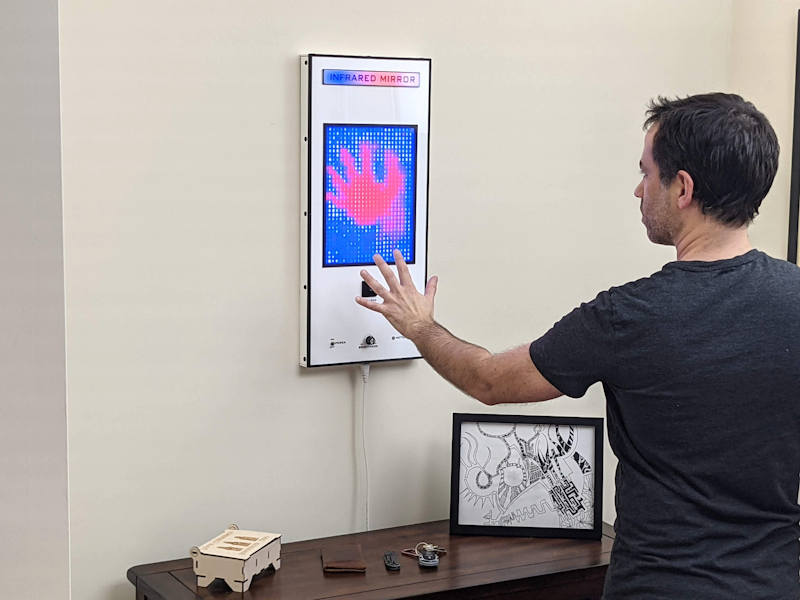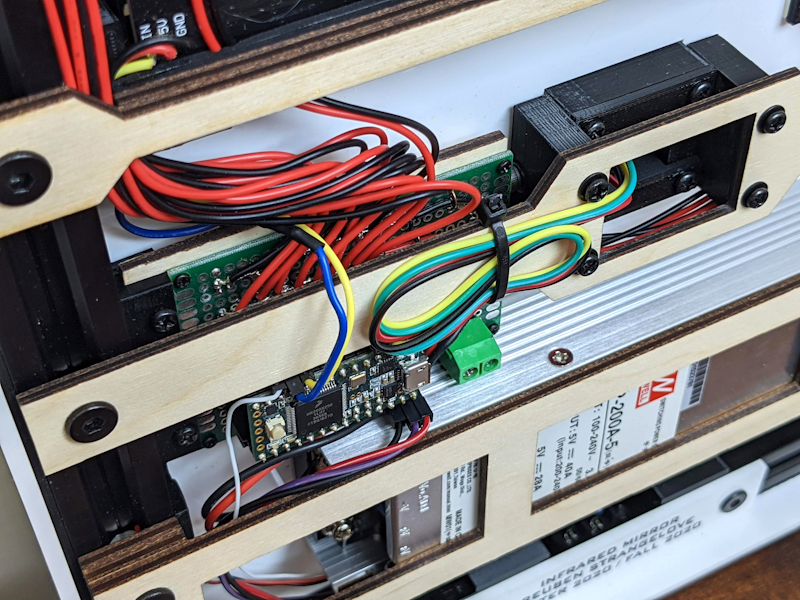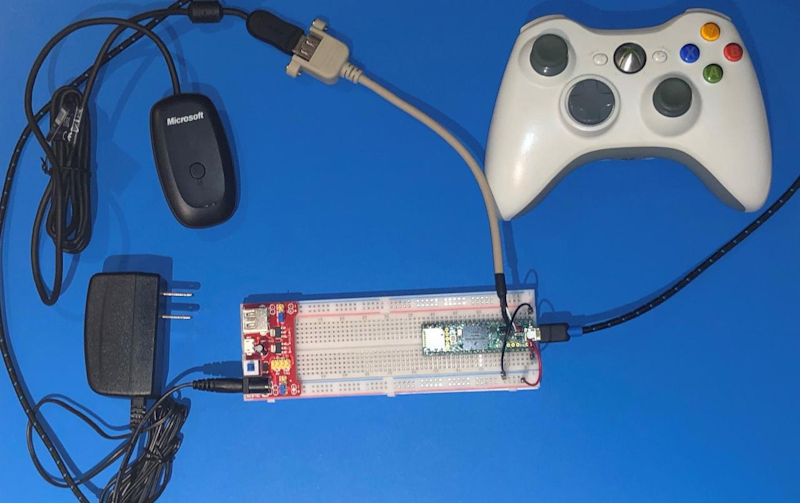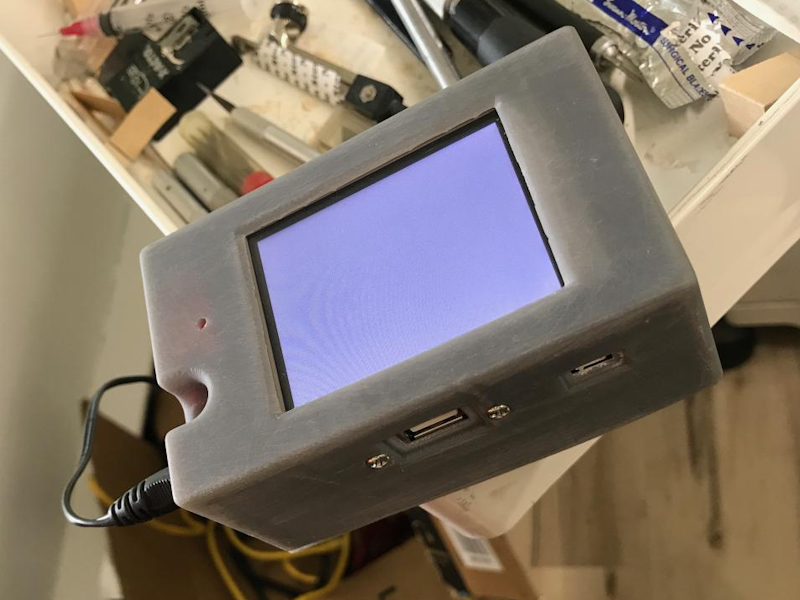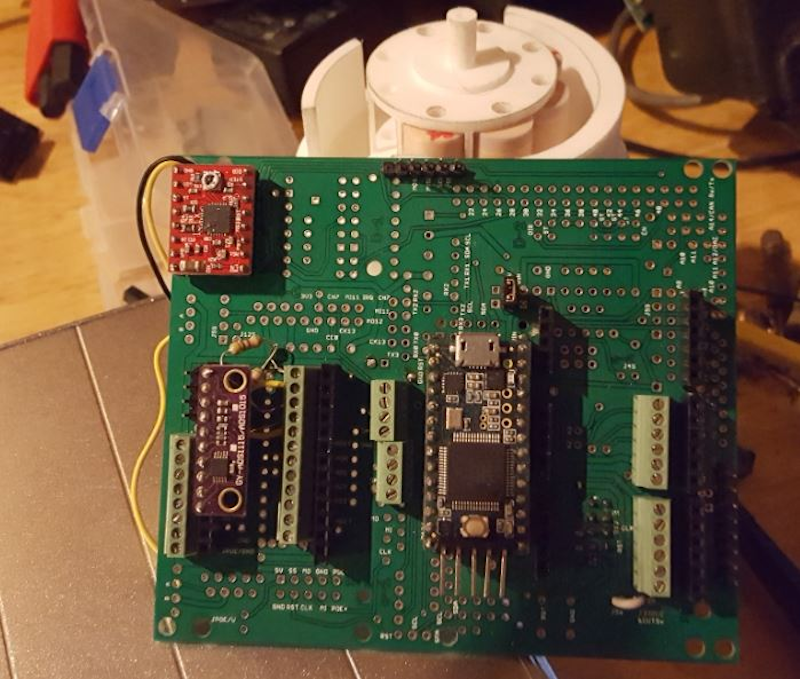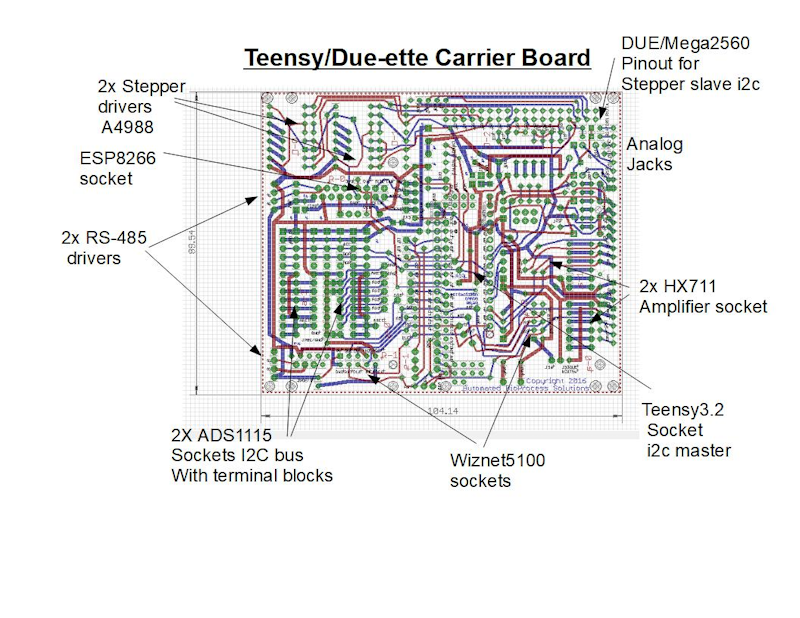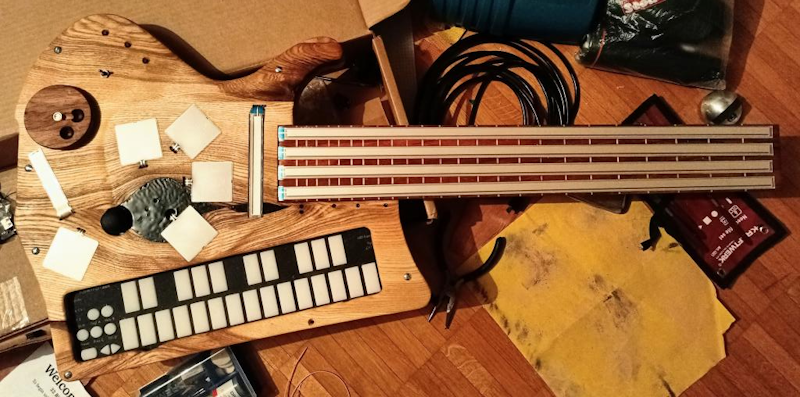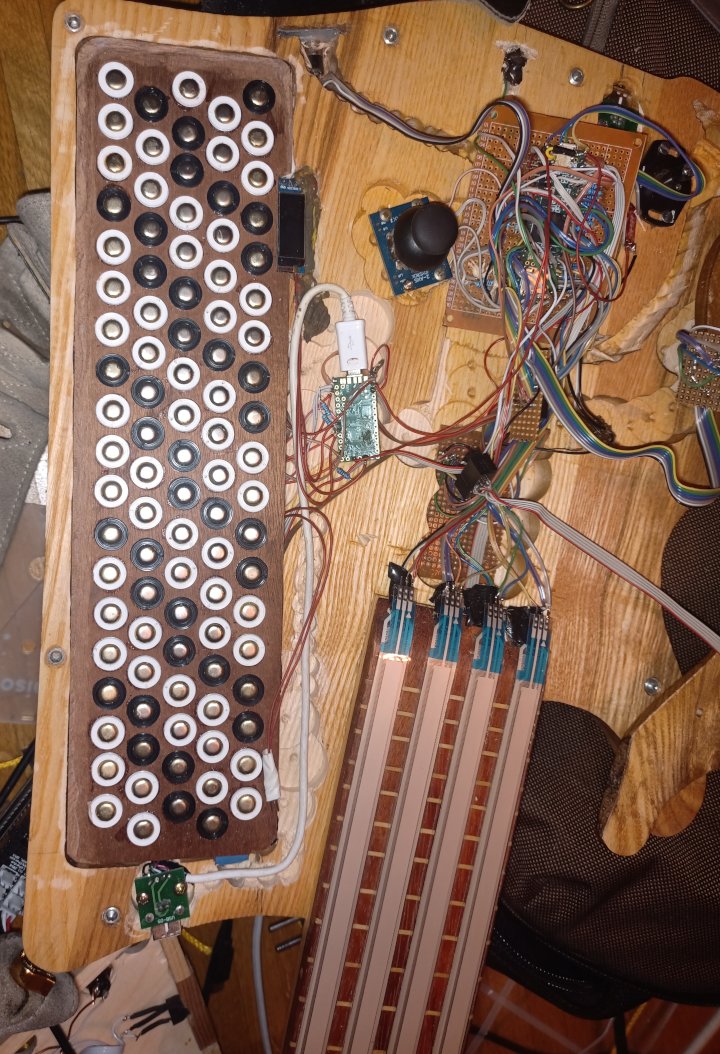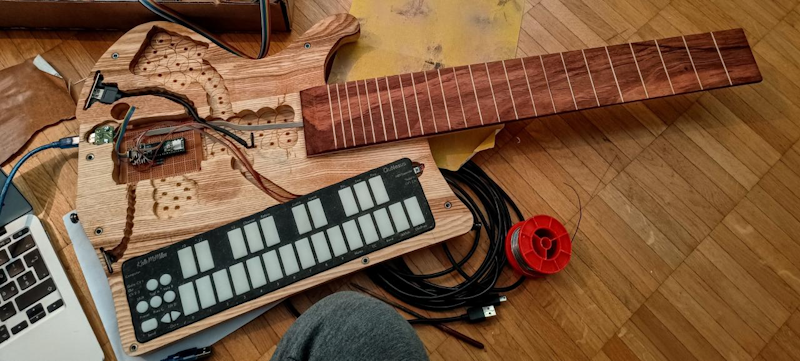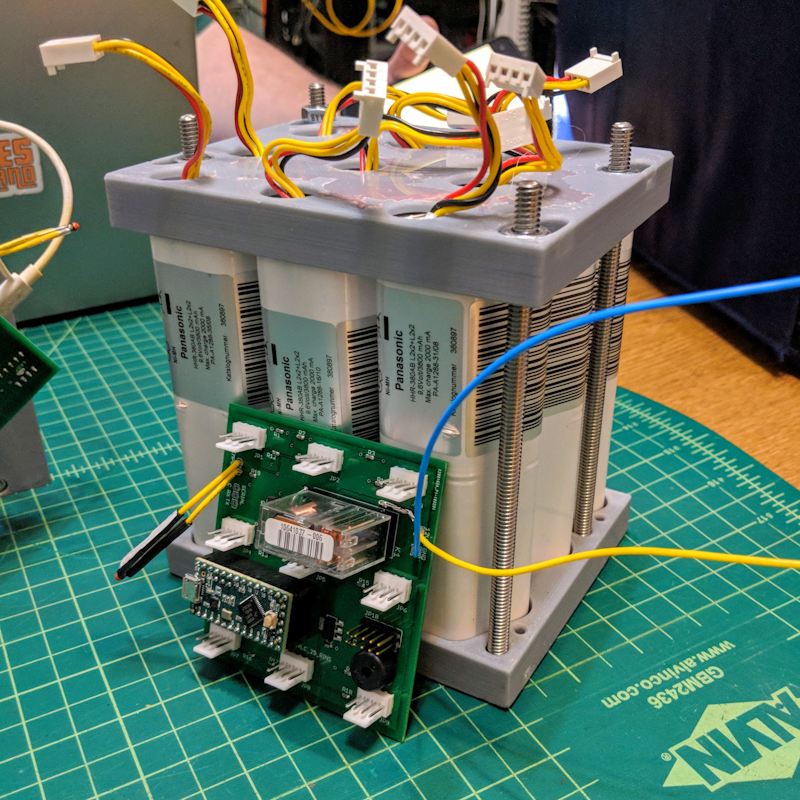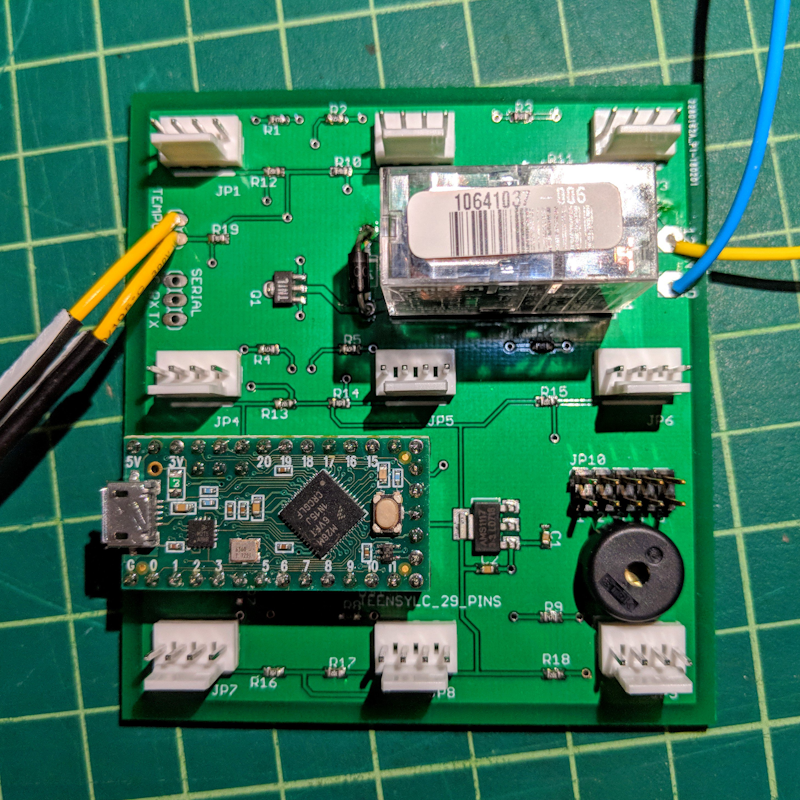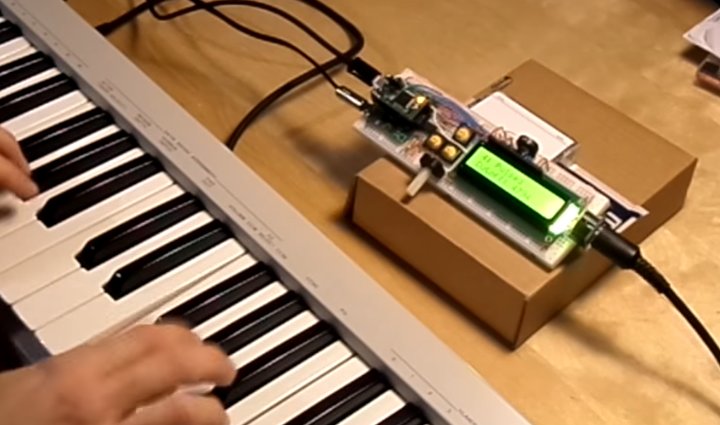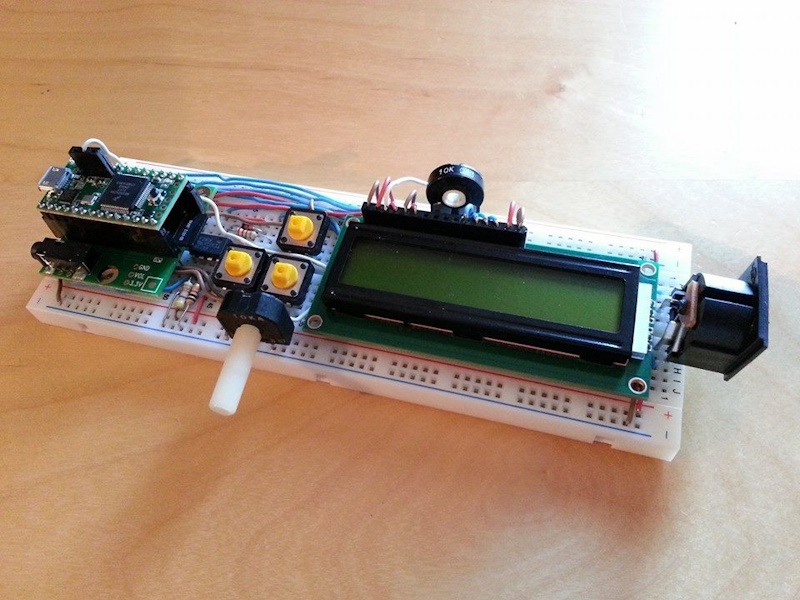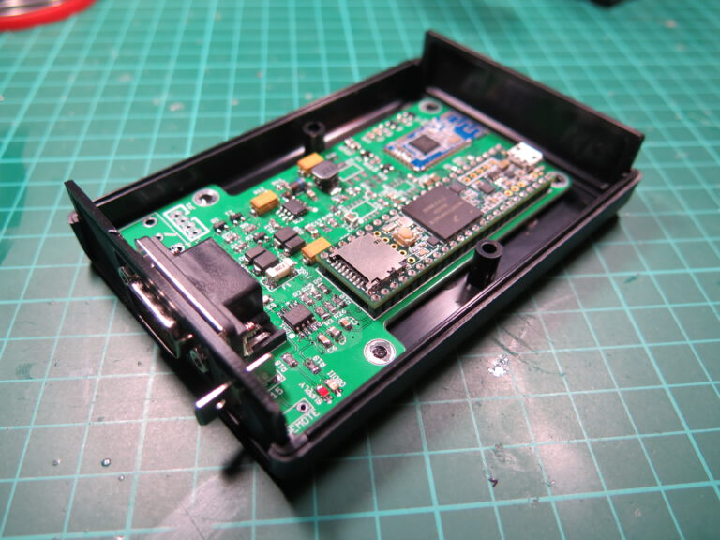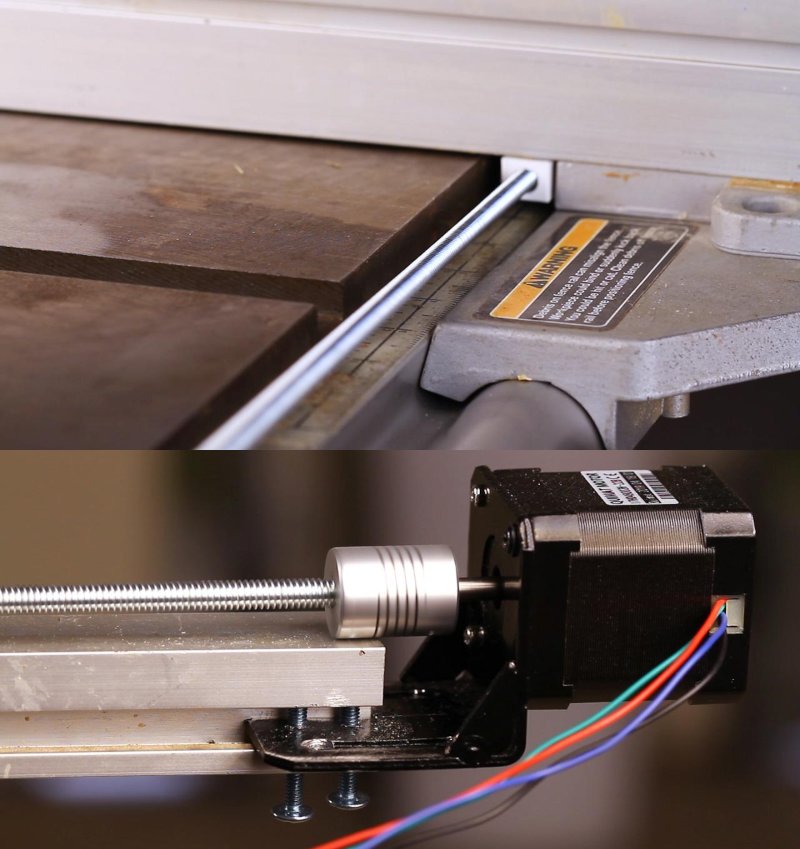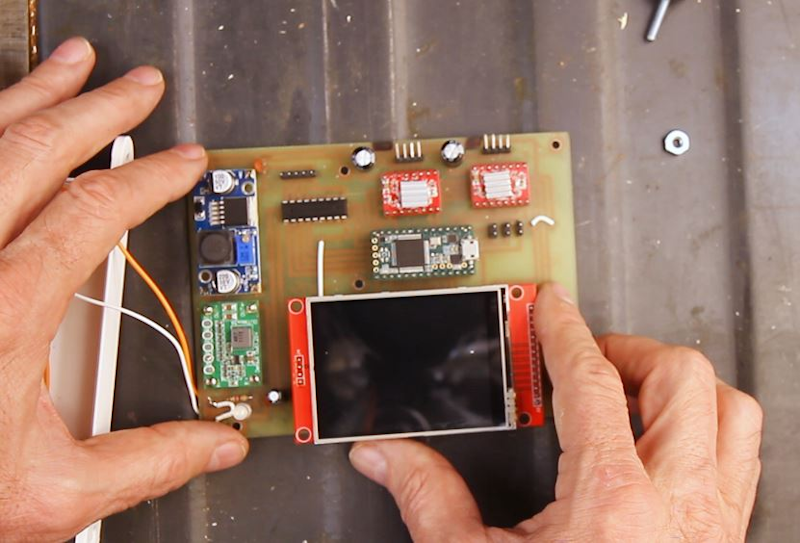Thomas Dettbarn, also know and dettus on the PJRC forums, created a highly portable interpreter for the series of text adventures published by UK video game developer Magnetic Scrolls.
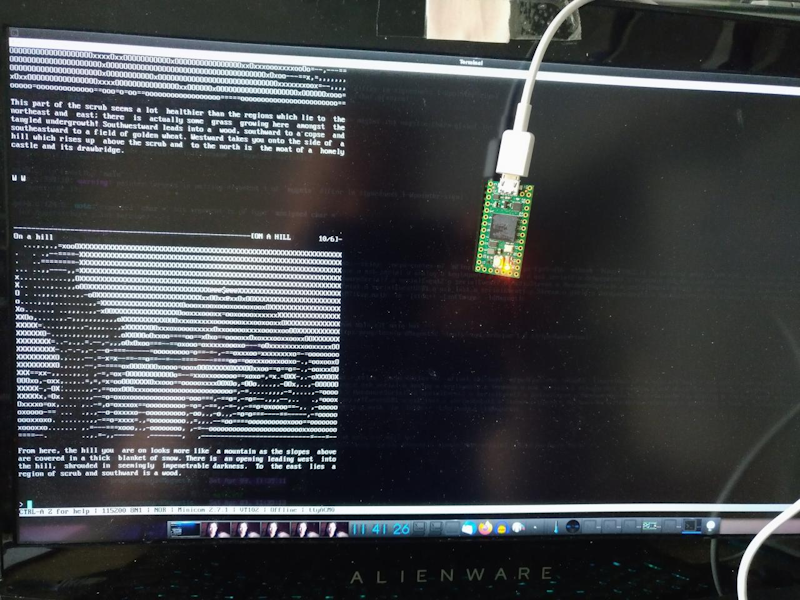
With versions running on Ubuntu, Debian, OpenBSD, macOS, Windows, and beyond, Thomas appears to have tested the the claim that it can run on “anything with a C compiler” and got it running on a Teensy 4.0.
The below shows the game being output to a PC terminal as ANSI art over the Teensy’s USB serial. Compiled firmware can be found in the forum thread, and a hex editor can be used to modify the command line parameters specified within the file, based on the interpreter’s instructions.
